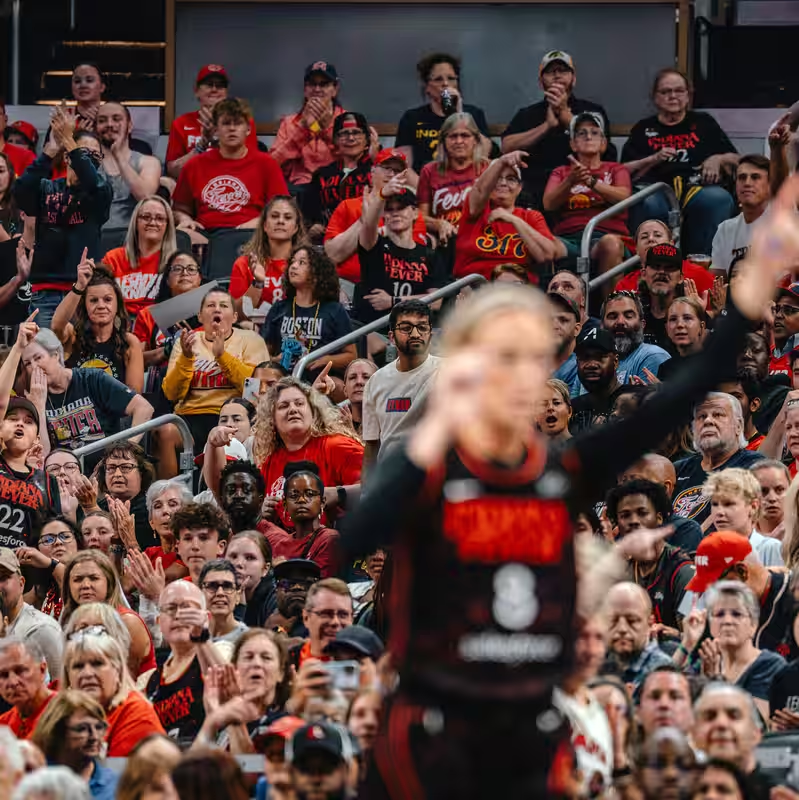Table of Contents
- Rising Demand Meets Rising Costs
- A Lifelong Fan Left Behind
- How the WNBA’s Growth Is Reshaping the Game
- Is the WNBA Becoming Too Expensive?
- Sources
WNBA Ticket Prices Soar as Popularity Explodes
The Women’s National Basketball Association (WNBA) is riding a historic wave of popularity—but not everyone can afford to come along for the ride. After years of grassroots support and slow but steady growth, the league has finally captured mainstream attention. With sold-out arenas and record-breaking viewership, ticket prices have surged, leaving some longtime fans on the sidelines.
A Lifelong Fan Left Behind
Judy Berkowitz, 57, from Dunwoody, Georgia, has been cheering for the Atlanta Dream since their inaugural 2008 season. Back then, she could take her whole family to a game—including snacks—for just $40. Fast forward to 2025, and premium seats now cost $70 or more. For Berkowitz, a single mother living off retirement savings after losing her job as a federal contractor, those prices are out of reach.
“It’s such a great family-friendly event, but I can’t afford $250 for one night out with the kids,” she said.
Once handed free season tickets in exchange for bringing new fans to every game, Berkowitz hasn’t seen the Dream play live since 2016—despite the team announcing back-to-back sellouts of season tickets in 2024 and 2025.
How the WNBA’s Growth Is Reshaping the Game
The WNBA’s surge isn’t accidental. Strategic investments, star power (think Caitlin Clark, A’ja Wilson, and Angel Reese), and social media virality have transformed the league into a cultural phenomenon. Broadcast deals have expanded, merchandise sales are up, and arenas are packed like never before.
According to league data:
| Season | Avg. Attendance | Ticket Price (Avg.) |
|---|---|---|
| 2016 | 7,200 | $18 |
| 2023 | 9,800 | $32 |
| 2025 (est.) | 12,500+ | $48+ |
This growth reflects a broader shift in how fans—and sponsors—view women’s sports. But with success comes a new challenge: balancing accessibility with profitability.
Is the WNBA Becoming Too Expensive?
While the league celebrates record revenues, questions linger about inclusivity. The WNBA was once known for its affordability and community feel—a stark contrast to the high-cost spectacle of the NBA. Now, families like Berkowitz’s are priced out.
League officials argue that higher prices reflect increased production value, better player salaries, and facility upgrades. But critics warn that alienating grassroots supporters could undermine long-term loyalty.
“The WNBA grew because real people showed up—not just corporations,” said sports economist Dr. Lena Morris in a recent [INTERNAL_LINK:wnba-economics] interview. “If those fans can’t get in the door anymore, the league risks losing its soul.”




